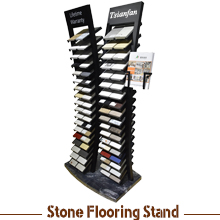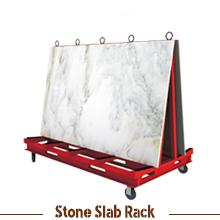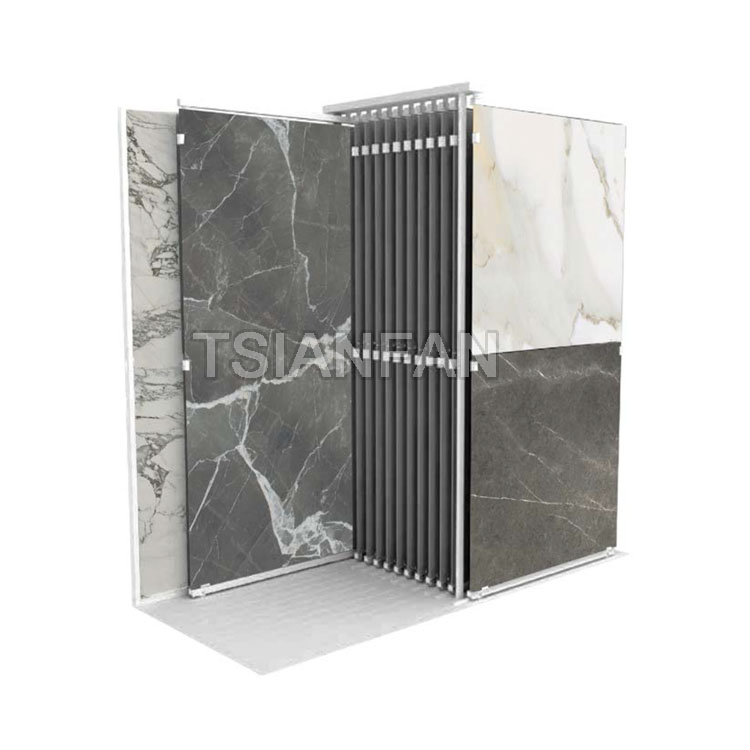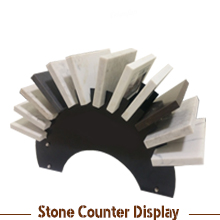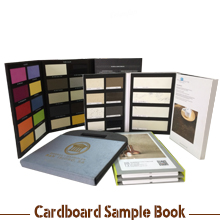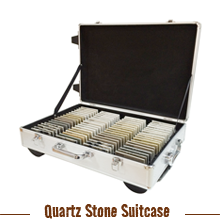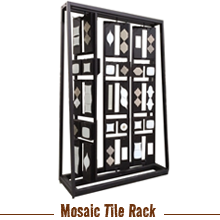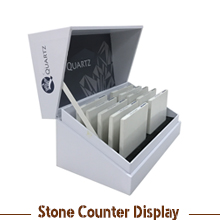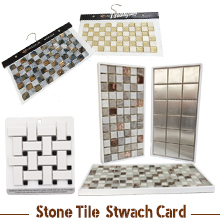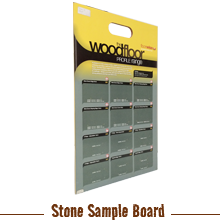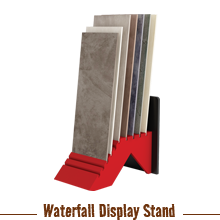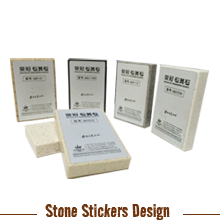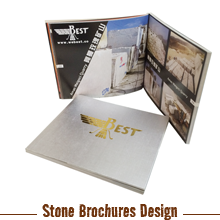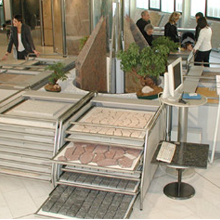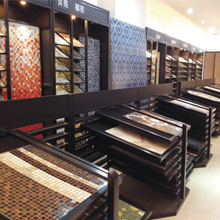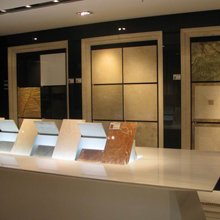Cover Your Walls—Without Painting
Time: 2015-06-12 08:47:33 Source: Quartz Stone Display
When your walls start to look cracked, chipped, outdated, and otherwise in need of refreshment, you might decide paint is a bit too much to invest in. Rather than spending money to cover four or more walls in a new layer of paint that will chip over time, why not try some alternatives? There are a number of ways to creatively cover your walls without having to use paint or outdated wallpaper. Here are some cool, affordable ideas to help you revitalize your walls:
1. Metallic wallcovering
Metallic wallcovering is a modern idea that many homeowners are choosing to put on their walls these days, whether it’s for all of the walls in a room or just an accent wall. Metallic wallpaper is usually composed of a shiny plant fiber, sometimes banana leaves, with metallic thread. The fiber is applied to dense wallpaper and then overlaid with a finish to increase durability. It’s more than just wallpaper; it offers a sturdier, heavier composition that lasts for a long time.
If you’re worried about how the amount of shine it gives off, you can use metallic wallpaper on just one wall. However, there are also less shiny metallics that you can use throughout your entire room. You can buy metallic wallcoverings at local home improvement stores or order them through an interior designer.
2. Wood Veneer
Wood veneer might sound like something suited to a basement, but it’s made leaps and bounds since the old days. Wood veneer comes in a wide variety of browns, from light to dark, so you can have it match your furniture and design. It’s great for soundproofing your room as well, so it might be the perfect wall covering for a home theater room or a living room. Wood veneer is laminated to a fabric and made in sheets up to 140 inches long. Some types of wood veneer wall coverings include:
Acoustic: good for sound reduction
Cork and veneer: textured but without patterns or designs
This type of wall covering has to be installed by a professional, as it involves applying the veneer over your old wall, along with fabric underneath the veneer. The cost will vary depending on the type of veneer you have installed.
3. Temporary wallpaper
If you don’t want to go through the grueling process of installing real wallpaper, you can instead install strippable or peelable wallpaper. It’s a decorative accent material that works like real wallpaper, but it’s easier to remove and doesn’t leave a residue behind. So, if you get tired of it, you can easily replace it with a different wall covering material. It’s expensive—about $100 per panel—so choose carefully. You might also just cover one wall in this type of wallpaper rather than four.
4. Wainscoting
Wainscoting is made of wood beadboard that goes from the floor to the middle of the wall. It is generally white; however, homeowners can match wainscoting to the homey feel of their house as well. You can buy wainscoting at a lumber supply store, and it comes in two different designs:
Plywood beadboards
Tongue and groove fiberboard panels
Although wainscoting is usually made of wood, there are other options available. You can use wainscot tiles for your bathroom, for example. Whether you should use wood or tile, and which color you should choose, will depend on the room in which you intend to use this wall covering.
5. Tile
Another way to make your walls pop is to cover them completely with tile—whether you do it around the top, around the bottom or completely from floor to ceiling. With this kind of material, you should probably limit tile installation to an accent wall. Otherwise, you could spend hundreds to more than one thousand dollars on tile installation.
There are various types of tiles you can use for your wall, but the most commonly used are metal tiles. You can use either real metal tiles or faux metal tiles made of polystyrene foam. You’ll need mastic adhesive and you should note they aren’t good for soundproofing, so choose your room with care. You can also have a tiling professional apply them to your wall if you’re uncertain about doing the project yourself.
6. Fabric
You can also purchase fabric from a linen store and do one of two things:
Stretch the fabric over the wall and secure it with thumbtacks and nails, or
Buy foam boards that extend the height of your walls, place fabric on the boards and attach them to the wall.
Fabric offers a way to add a pattern to your walls without making a permanent change. You could potentially do this with one wall or four. When you get tired of the fabric, you can take it down and replace it with a new fabric or a different kind of wall covering. The cost will vary depending on the method and type of fabric you use.
�ؼ���:Stone Display rack Quartz Display Rack
�������:
What size quartz display rack is suitable for display in stores?
Company Profile
Advantages of Stone Sample Box
The daily maintenance of the natural stone requires attention.
Furniture is Worth Fixing
How to Reduce Your Trash
Painting the Perfect Room
5 Kitchen Flooring Trends You Should Know About
Choosing Green: Bathroom Remodels
The 5 Most Useful Kitchen Additions
3 Iconic Home Designs
How to Paint a Fiberglass Door




